

— Blogs —
—Products—
 Consumer hotline +8618073152920
Consumer hotline +8618073152920 WhatsApp:+8615367865107
Address:Room 102, District D, Houhu Industrial Park, Yuelu District, Changsha City, Hunan Province, China
Product knowledge
Time:2024-11-10 15:43:21 Popularity:246
Sensors play a critical role in irrigation systems, monitoring and transmitting soil, weather, water flow and other key information in real time, providing farmers with a scientific and accurate basis for irrigation decisions. Through the comprehensive use of these sensors, the irrigation system can be intelligent and precise, improve water use efficiency, reduce production costs, and promote the healthy growth and high yield and quality of crops.
 |  |  | 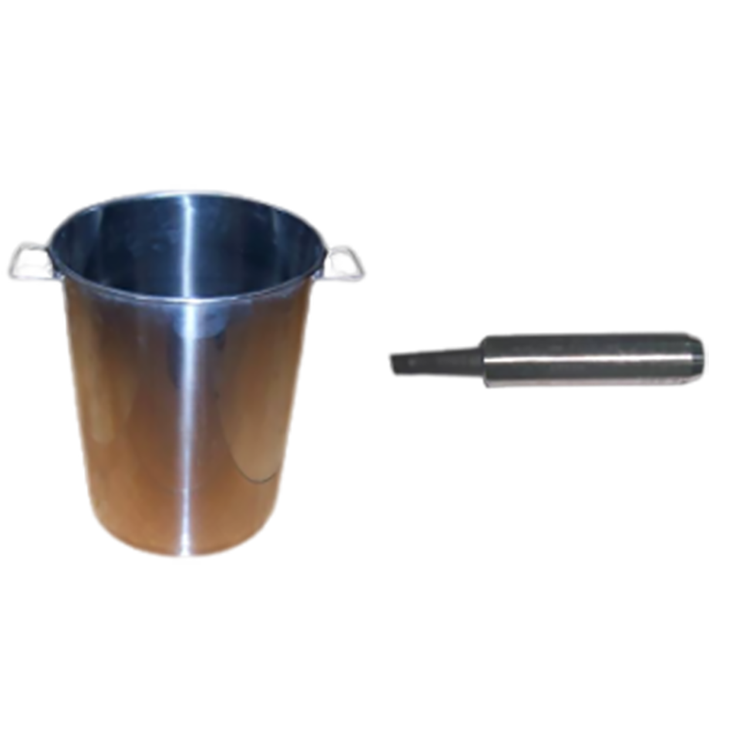 | 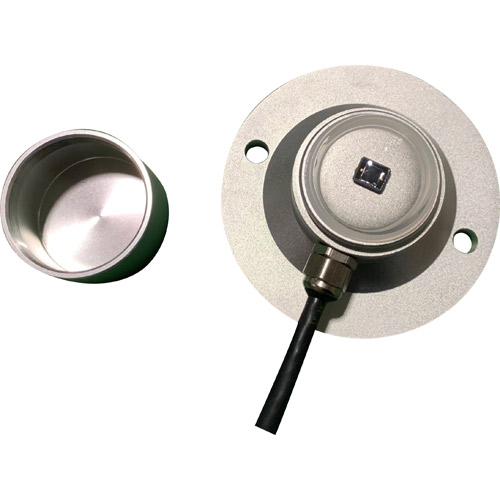 |
| Anemometer Wind Speed sensor | Wind direction sensor | Tipping bucket rain gauge sensor | Evaporation sensor | Sunshine Duration Sensor |
 |  |  |  |  |
| Atmospheric Temperature Humidity air pressure Sensor | ultrasonic wind speed and direction sensor | 5 in1 Ultrasonic Weather Station Sensor | 6 in1 Ultrasonic Weather Station Sensor | 7 in1 Ultrasonic Weather Station Sensor |
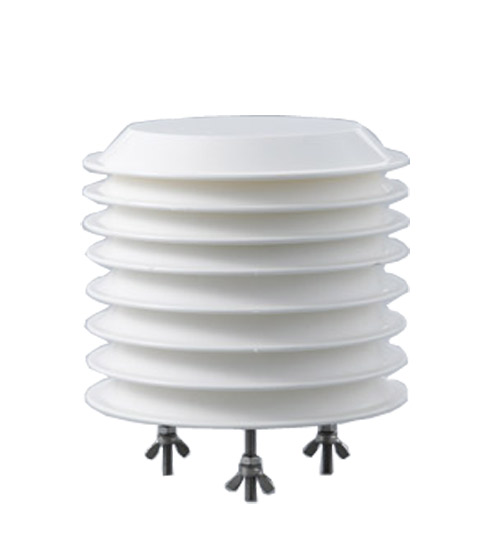 | 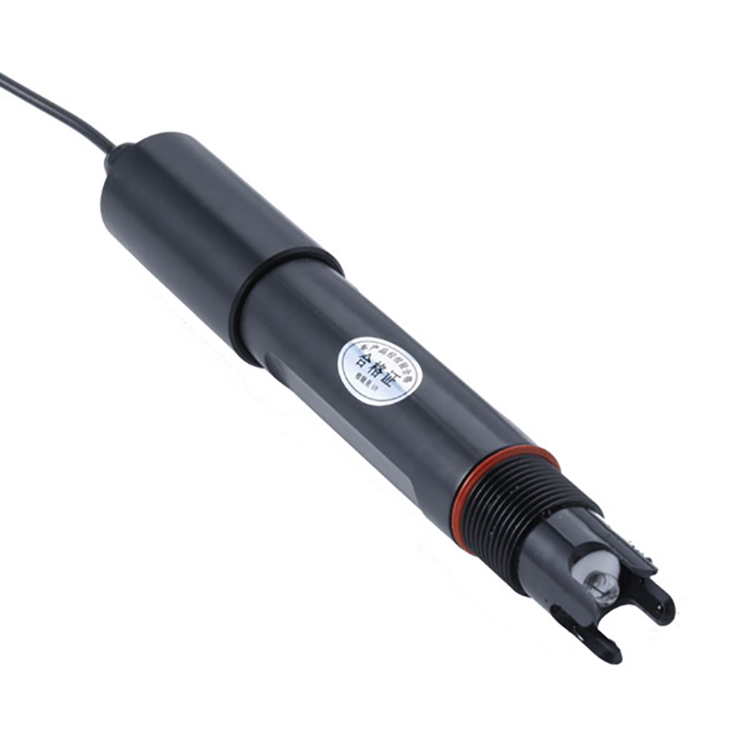 | 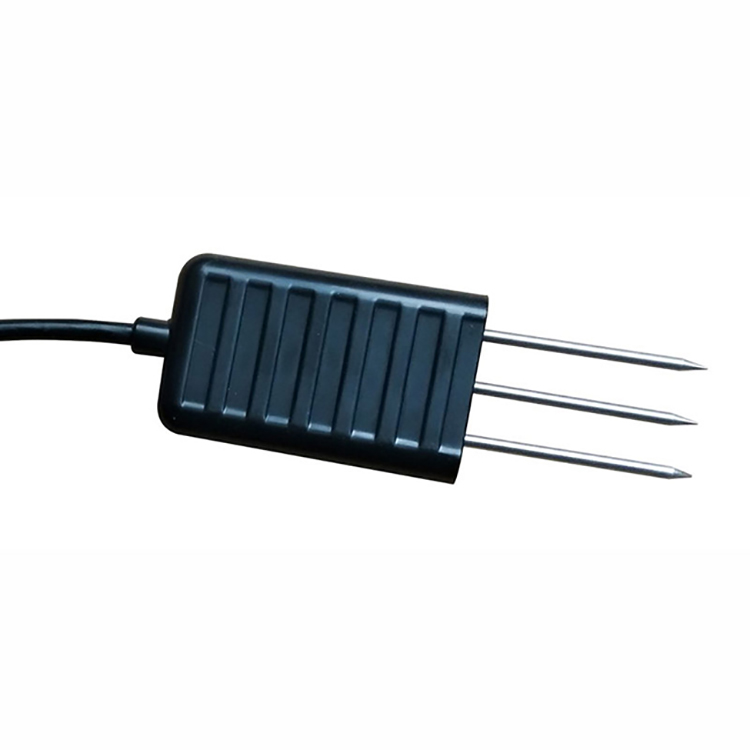 |  |  |
| Carbon dioxide sensor(CO2 sensor) | Soil pH sensor | 3-in-1 Soil Temperature Humidity EC Sensor | illumination sensor | Soil Moisture Temperature sensor |
A variety of sensors are used in irrigation systems to ensure that crops receive the right amount of water while improving irrigation efficiency and conserving water. Here are some common types of sensors and their roles and benefits:
- Function: Monitor the moisture content of the soil in real time to ensure that crops are growing in the right environment.
- Principle: Utilizes changes in soil capacitance to detect soil moisture content. As the soil moisture content increases, the soil capacitance increases. The sensor converts the detected capacitance change into a digital signal output, and then calculates the soil moisture content through the controller.
- Application: Widely used in soil moisture monitoring in farmland, grassland, forest and other environments to realize precise irrigation and water saving.
- The role and value of soil moisture sensor:
- Improve irrigation accuracy: real-time monitoring of soil moisture to avoid over or under irrigation.
- Conserve water: Precise irrigation control helps reduce water waste.
- Promote crop growth: Create a more suitable growing environment for crops to improve crop yield and quality.
- Function: Real-time monitoring of meteorological data such as temperature, humidity, wind speed, wind direction, rainfall, etc., which provides a basis for irrigation decision-making.
- Principle: Detect the meteorological information of the surrounding environment through the built-in photoelectric sensor or electrothermal sensor, and convert the detected data into digital signal output.
- Application: In irrigation systems, weather sensors can help farmers decide when, where, and how much to irrigate, reduce water waste, and ensure crop growth.
- The role and value of weather sensors:
- Provide weather data: real-time monitoring of weather conditions to help farmers adjust their irrigation schedules.
- Optimize irrigation schedules: Adapt irrigation strategies to different weather conditions based on meteorological data.
- Preventing natural disasters: Monitoring wind speed and rainfall to prevent wind damage and flooding.
- Rainfall Sensor: monitors rainfall and automatically shuts down the irrigation system when it rains, relieving over-irrigation and protecting equipment. A certain rainfall threshold can be set (e.g., 3 mm to 25 mm), and the irrigation system is automatically turned off when the threshold is reached to ensure the accuracy of irrigation.
Humidity Sensor: Measures the humidity of the air, which in combination with other factors such as temperature and wind speed, helps to predict the evapotranspiration needs of the crop.
- Function: Monitors the speed, flow rate and direction of water flow in the irrigation system to achieve intelligent regulation. Principle: Through a device in the water pipe, the flow rate and direction of water flow can be monitored and controlled.
- Principle: Detecting the speed and flow of water by means of a flow meter installed in the water pipe and converting the data into a digital signal output by means of a pressure or thermal sensor.
- Application: In orchards, farmland and other irrigation systems, flow sensors can accurately measure the amount of irrigation water to ensure that crops get the right amount of water.
- The role and value of flow sensors:
- Monitor the amount of irrigation water: real-time monitoring of water flow to ensure accurate drip irrigation.
- Improve the efficiency of water use: avoid the waste of water, improve the efficiency of water use.
- Optimize the irrigation system: find and solve the problems of pipe leakage, valve damage, etc. in time.
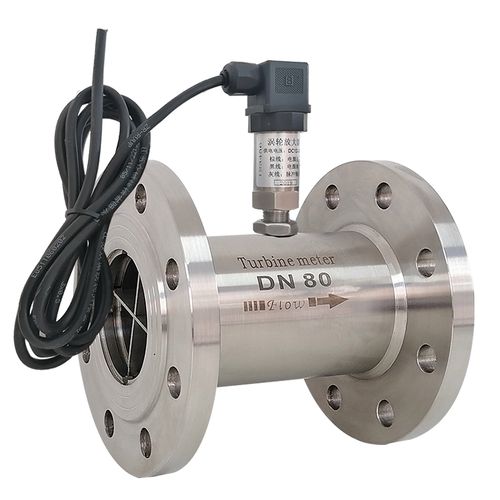
- Function: Monitor the temperature of soil, atmosphere and water to provide a suitable temperature environment for crop growth.
- Principle: Using PT1000 platinum RTD and other components, its resistance value will change with the change of temperature. Using imported chips to design the circuit to convert the resistance signal into the voltage or current signal commonly used in acquisition instruments.
- Application: Widely used in agriculture, forestry, geology and other fields for monitoring soil temperature and optimizing crop growth conditions.
- Advantage:
- Monitor soil temperature: provide the basis for temperature regulation and optimize irrigation and fertilization plans.
- Enhance crop growing conditions: Ensure crops grow at the right temperature to improve yield and quality.
- Light intensity sensor: Monitor light intensity and light duration to help farmers regulate light conditions and promote crop growth.
- Carbon dioxide concentration sensor (CO2 sensor): detects the concentration of carbon dioxide in the air to provide suitable raw materials for crop photosynthesis.
- Soil pH Sensor: monitors the acidity and alkalinity of the soil to ensure that crops grow in a suitable soil environment.
- Soil gas sensor: monitor the gas composition in the soil, such as oxygen, nitrogen, etc., to provide the necessary gas environment for crop growth.
- COD, BOD, ammonia nitrogen and other harmful gas concentration detector: detect the concentration of harmful gases that may exist in the soil to ensure the safety of the growing environment for crops.
Pressure Sensors: In smart irrigation systems, pressure sensors are used to accurately monitor and control water pressure to ensure efficient use of water and prevent waste and equipment damage. They also dynamically adjust irrigation strategies according to environmental factors, improving crop quality and providing early warning of equipment maintenance needs.
Evaporation disk sensors: Estimate crop transpiration losses by measuring water evaporation, which in turn guides irrigation management.
Conductivity sensors: monitor the salt content of the soil, which is important for rationalizing irrigation and preventing soil salinization.
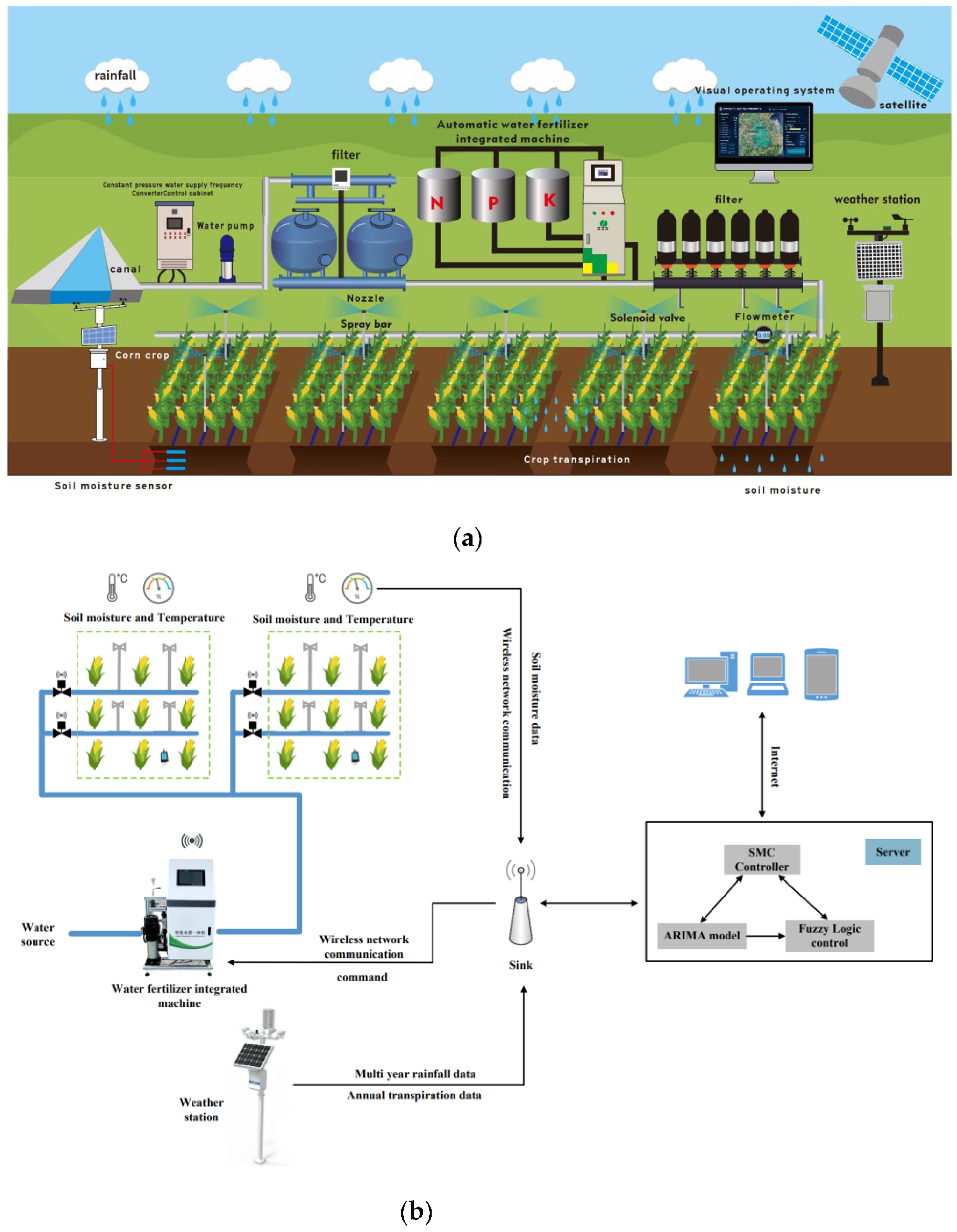
- Sensors can monitor soil and weather conditions in real time, providing farmers with accurate irrigation data to avoid over- or under-irrigation, thus improving irrigation accuracy.
- By precisely controlling the amount and timing of irrigation water, the sensors help farmers save water. This not only helps to reduce water waste, but also reduces irrigation costs and improves the economic efficiency of agricultural production.
- Monitoring soil moisture, temperature, acidity and alkalinity, as well as meteorological conditions, provides farmers with comprehensive information on the crop growing environment. Based on this information, farmers can adjust the irrigation program to create a more suitable growing environment for crops, thus improving crop yield and quality.
- Reduce manual intervention and increase the automation and intelligence of agricultural production, thus improving production efficiency.
- Real-time monitoring of weather changes, such as rainfall, wind speed, etc., to prevent natural disasters in advance, such as floods, droughts, etc., thus reducing the impact of disasters on agricultural production.
- Integrate sensors, Internet of Things, big data and other technologies to realize remote monitoring and intelligent decision-making, promote the modernization and intelligence of agricultural production, and improve the competitiveness and sustainable development of agricultural production.
- Through precise irrigation and monitoring of soil conditions, farmers can apply fertilizers and medicines more scientifically, reducing the excessive use of chemical fertilizers and pesticides. This helps to reduce environmental pollution from agricultural production and protect the ecosystem.
- Real-time monitoring of parameters such as soil moisture and pH helps farmers identify soil problems in time and take steps to repair them. This helps to maintain the health and fertility of the soil, providing a strong guarantee for the continued growth of crops.
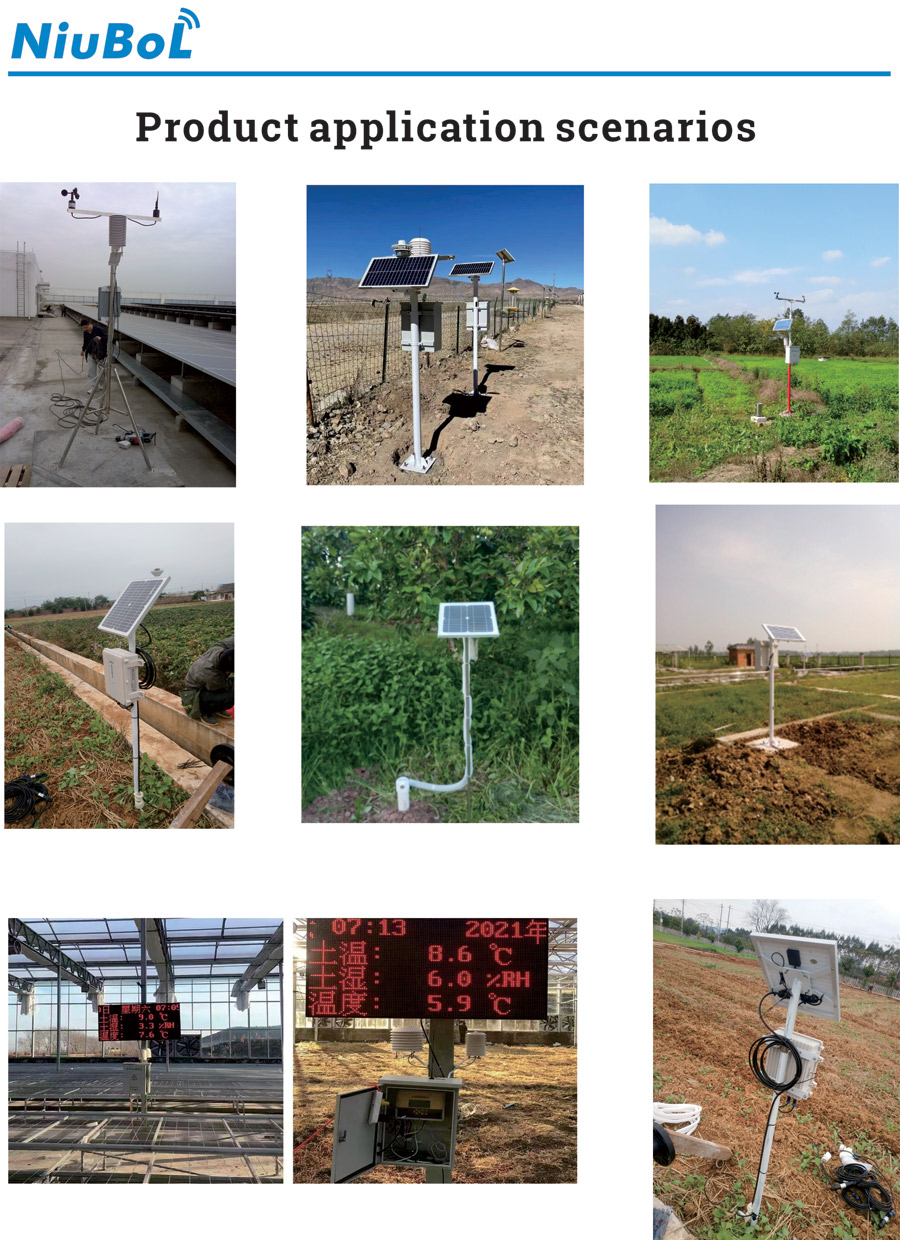
To summarize
The use of sensors in irrigation systems has many advantages, which are not only reflected in the improvement of irrigation accuracy and water saving, but also in optimizing the growing environment of crops, improving the efficiency of agricultural production, preventing natural disasters, promoting the development of smart agriculture, and reducing the use of chemical fertilizers and pesticides. Therefore, the wide application of sensor technology in agricultural production has important practical significance and broad application prospects.
Related recommendations
Sensors & Weather Stations Catalog
Agriculture Sensors and Weather Stations Catalog-NiuBoL.pdf
Weather Stations Catalog-NiuBoL.pdf
Related products
 Combined air temperature and relative humidity sensor
Combined air temperature and relative humidity sensor Soil Moisture Temperature sensor for irrigation
Soil Moisture Temperature sensor for irrigation Soil pH sensor RS485 soil Testing instrument soil ph meter for agriculture
Soil pH sensor RS485 soil Testing instrument soil ph meter for agriculture Wind Speed sensor Output Modbus/RS485/Analog/0-5V/4-20mA
Wind Speed sensor Output Modbus/RS485/Analog/0-5V/4-20mA Tipping bucket rain gauge for weather monitoring auto rainfall sensor RS485/Outdoor/stainless steel
Tipping bucket rain gauge for weather monitoring auto rainfall sensor RS485/Outdoor/stainless steel Pyranometer Solar Radiation Sensor 4-20mA/RS485
Pyranometer Solar Radiation Sensor 4-20mA/RS485
Screenshot, WhatsApp to identify the QR code
WhatsApp number:+8615367865107
(Click on WhatsApp to copy and add friends)